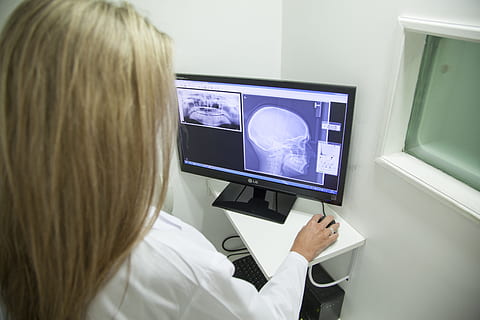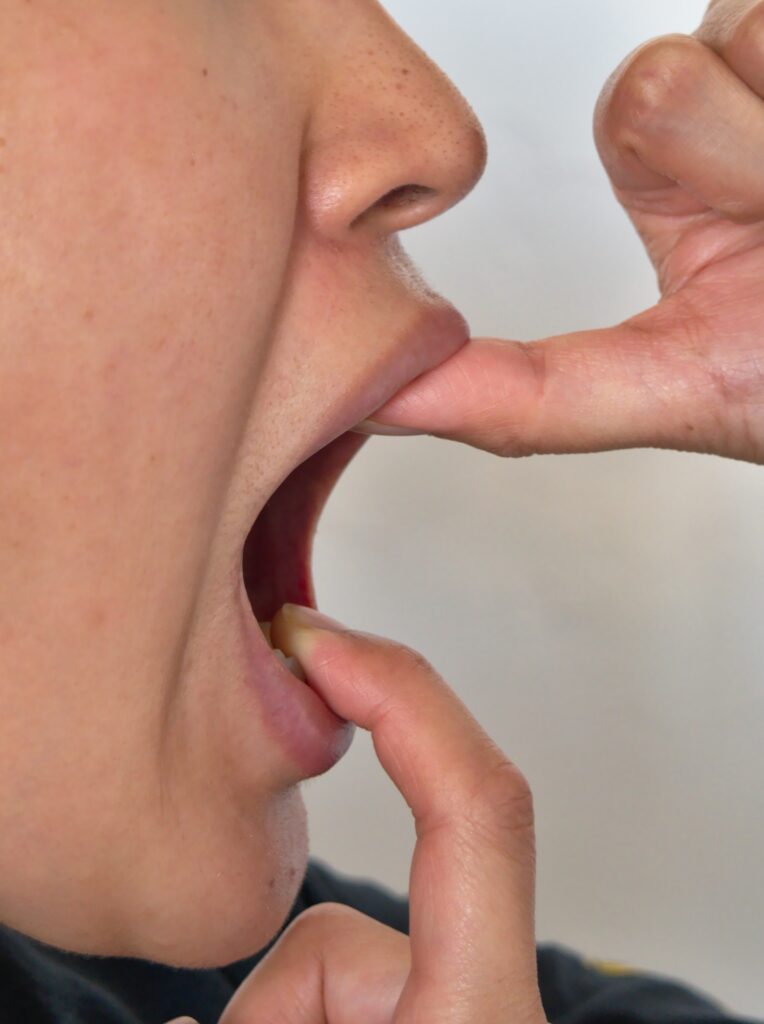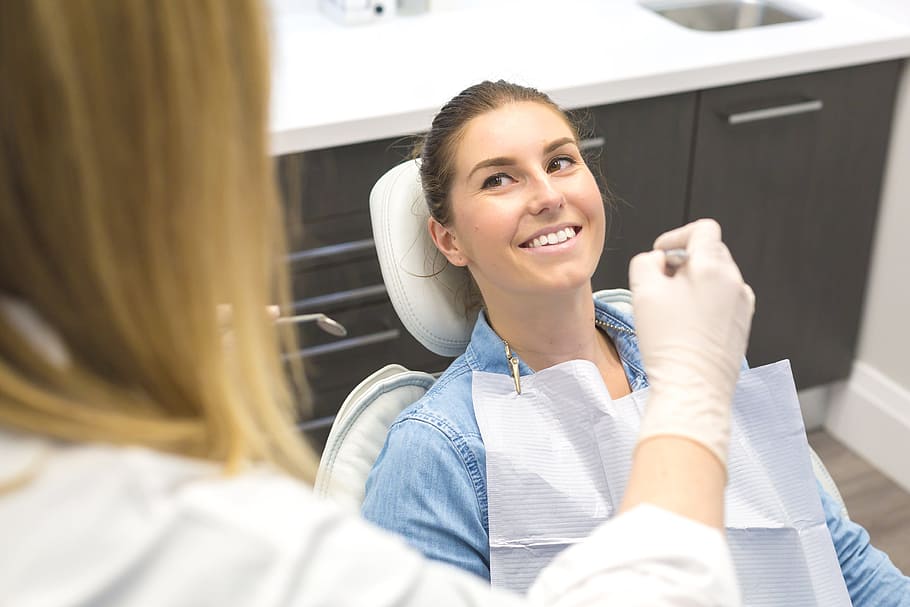
When it comes to maintaining optimal oral health, a regular oral evaluation is must. During the complete oral evaluation, a dentist, to detect any underlying dental issues might take x-rays.
What is Dental X-ray?
Dental X-rays also known as radiographs, are diagnostic images taken of teeth, bones and surrounding tissues of mouth. They help to identify any dental conditions like cavities, bone health, gum diseases, etc.
Types:
- Bitewing X-rays: These x-rays show the upper and lower arch teeth crowns and help in identification and detection of cavities in between the teeth and assessment of bone level.
- Periapical X-rays: This type of x-rays capture the entire length of one or more teeth, from crown to root and adjacent bone. These are useful for diagnosing cavities, abscesses, bone loss, etc.
- Panaromic X-rays: This type of x-rays provide a broader view of the entire mouth, which includes all the teeth, jaw bones, sinuses, TMJ, etc. They are generally helpful for assessing wisdom teeth issues, jaw disorders, overall evaluation on the condition.
- Orthodontic x-rays: These types of x-rays (Cephalometric X-rays) are used in orthodontic cases, to assess the facial growth, bone structure, tooth positioning for further orthodontic planning.
- Cone beam computed tomography (CBCT): This 3D x-rays are generally advised when the bone density and bone condition has to be assessed precisely. Generally advised for planning of dental implant, complicated tooth removal, jaw fracture surgeries, any pathologies, etc.
Advantages of X-rays:
- Precise Treatment Planing.
- Monitoring changes.
- Early detection of underlying issues.
- Accuracy in diagnosis.
- Customised treatment plan.
- Comprehensive assessment.
Disadvantages:
- False findings/ Artifact.
- Radiation exposure.
- Inconvenience.
X-rays are invaluable tools in dentistry, as they are useful in providing accurate diagnosis, comprehensive and customised treatment planning. Regular dental check-ups which include x-ray monitoring are needed to maintain optimal oral health. At Teeth Care Centre, Dr. Pankti Patel, the best oral radiologist in Ahmedabad, always uses the latest technology, and believes that patient safety is a top most priority. So, to avoid unnecessary radiation exposure to the patient as well as the doctors, we have the latest technology x-ray unit Carestream DC X-ray unit from USA that reduces radiation exposure up to 90% along with digital imaging system of Durr Vista Scan from Germany, which produces high resolution images, resulting in better diagnosis.



